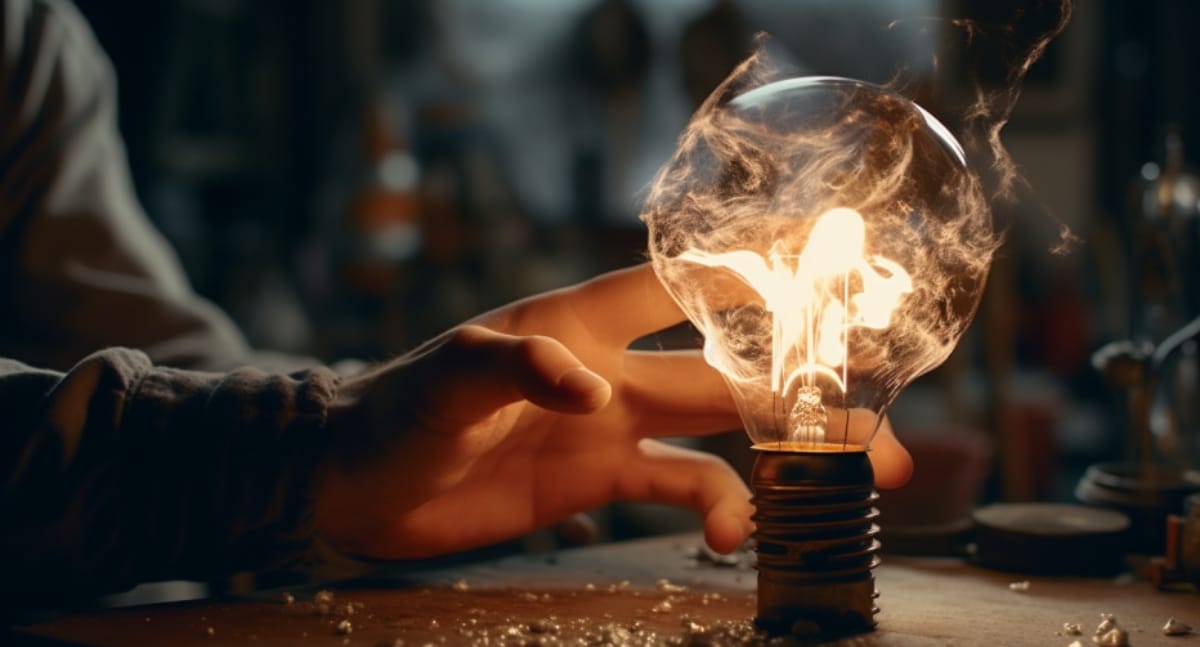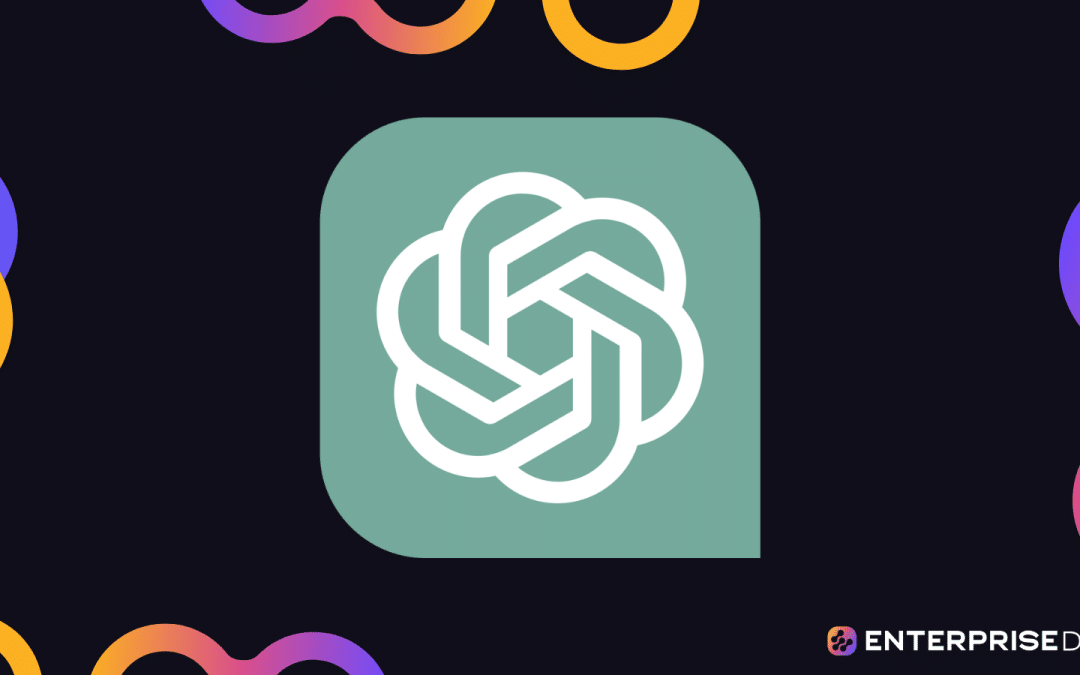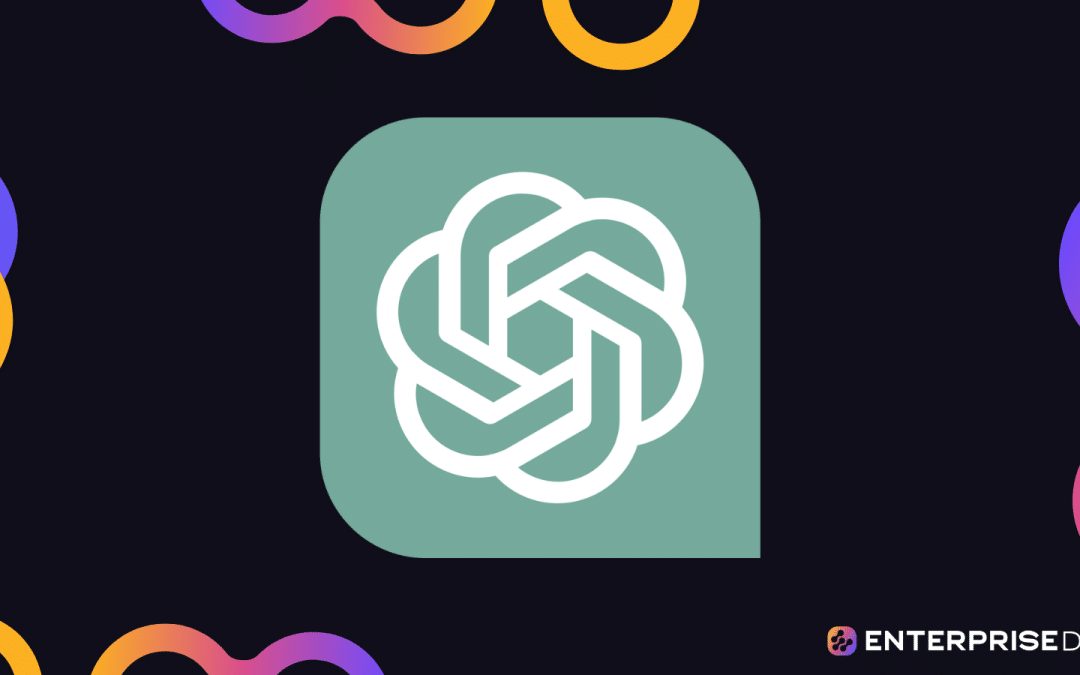Imagine a world where words flow effortlessly, ideas are sparked with the mere stroke of a keyboard, and entire academic papers are be writing within minutes. It sounds miraculous but with AI writing tools like ChatGPT, all of this is already possible and more. But amidst the awe and admiration of this groundbreaking technology, a question lingers in the minds of many: Is ChatGPT plagiarism free?
ChatGPT is a plagiarism-free platform in that it doesn’t copy text word for word from other sources. However, because it uses the information it is fed to create content, it is also true that its ideas and concepts may not be quite as original as we would like to think.

To help you understand ChatGPT in the context of the ongoing plagiarism and AI conversation, let’s start at the beginning and break it down to the basics, to give us some perspective.
Let’s dive in!
ChatGPT and Plagiarism
ChatGPT and plagiarism are pertinent topics in our exploration of the ethical applications of AI in the realm of content creation. While AI models like ChatGPT have revolutionized the way we write and communicate, they also pose new challenges in terms of potential plagiarism and other nefarious applications.
In this section, we’ll navigate the nuanced intersection between AI-generated content and the principles of intellectual property. We’ll delve into how ChatGPT operates, the instances when plagiarism concerns may arise, and the potential measures in place to safeguard originality and respect copyright laws.
What is Plagiarism?
Plagiarism is the act of using someone else’s work, ideas, or words without giving them proper credit. Plagiarism is highly unethical, and in the context of education, is a highly punishable offense.
Universities have been known to go as far as to expel students from their institutions because of plagiarism. And people in professional fields have been fired for claiming another’s work as their own.
So how does AI enter the plagiarism conversation? To understand this, you need to understand how AIs like ChatGPT work.
How Does ChatGPT Work?
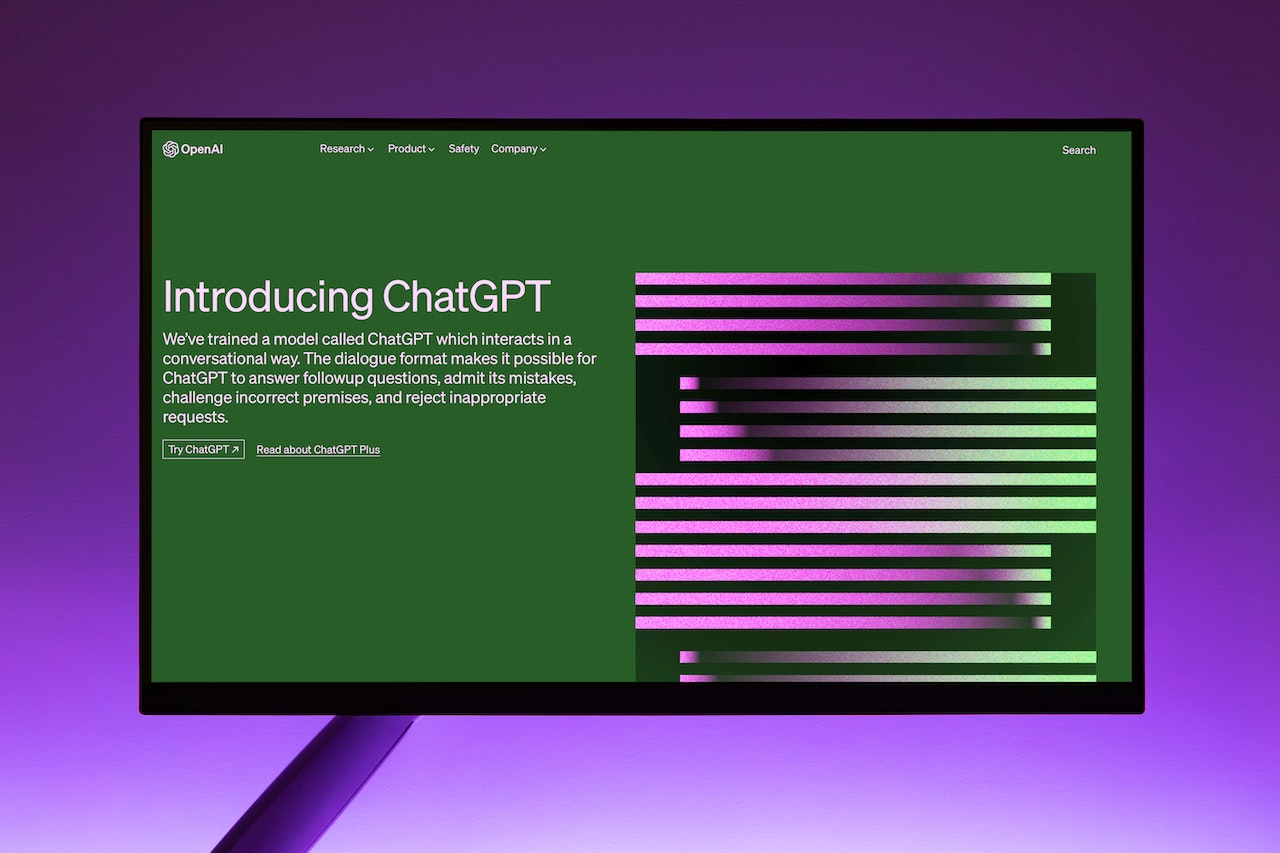
So how does ChatGPT get the information that it uses to generate content like an article or research paper? It’s pretty simple.
OpenAI, the creators of this AI tool, feed the platform an enormous amount of text from a wide variety of sources, like books, articles, and websites, and it’s this massive dataset that the model uses to generate appropriate content.
So if the AI chatbot generates its content from information from other people’s work, does that mean all ChatGPT-generated content will be detected as plagiarized? Not exactly.
ChatGPT and Plagiarism
It may surprise you to learn that while ChatGPT content is sourced from other people’s content, it’ll usually not trigger conventional plagiarism detectors.
You see when people talk about plagiarism, they’re usually talking about copying someone’s work verbatim; or rather word for word. ChatGPT doesn’t do that.
ChatGPT-generated content is generally unique, meaning that you’ll not find its exact generated wording elsewhere.

But in actuality, plagiarism goes further than copying one’s words verbatim. Paraphrasing without giving credit is also considered by many a form of plagiarism. This is where ChatGPT becomes problematic.
There have been reported instances where the platform may produce text that closely resembles existing content. So while the words may not be copied, the ideas may be.
This is why it is highly advised that you exercise caution while using ChatGPT as a tool, to ensure that all aspects of the generated content are original.
But if ChatGPT is known for copying ideas or concepts, why isn’t that form of plagiarism detected? To answer this, let’s look at the plagiarism detection tools being used today.
How is Plagiarism Detected in ChatGPT Content?
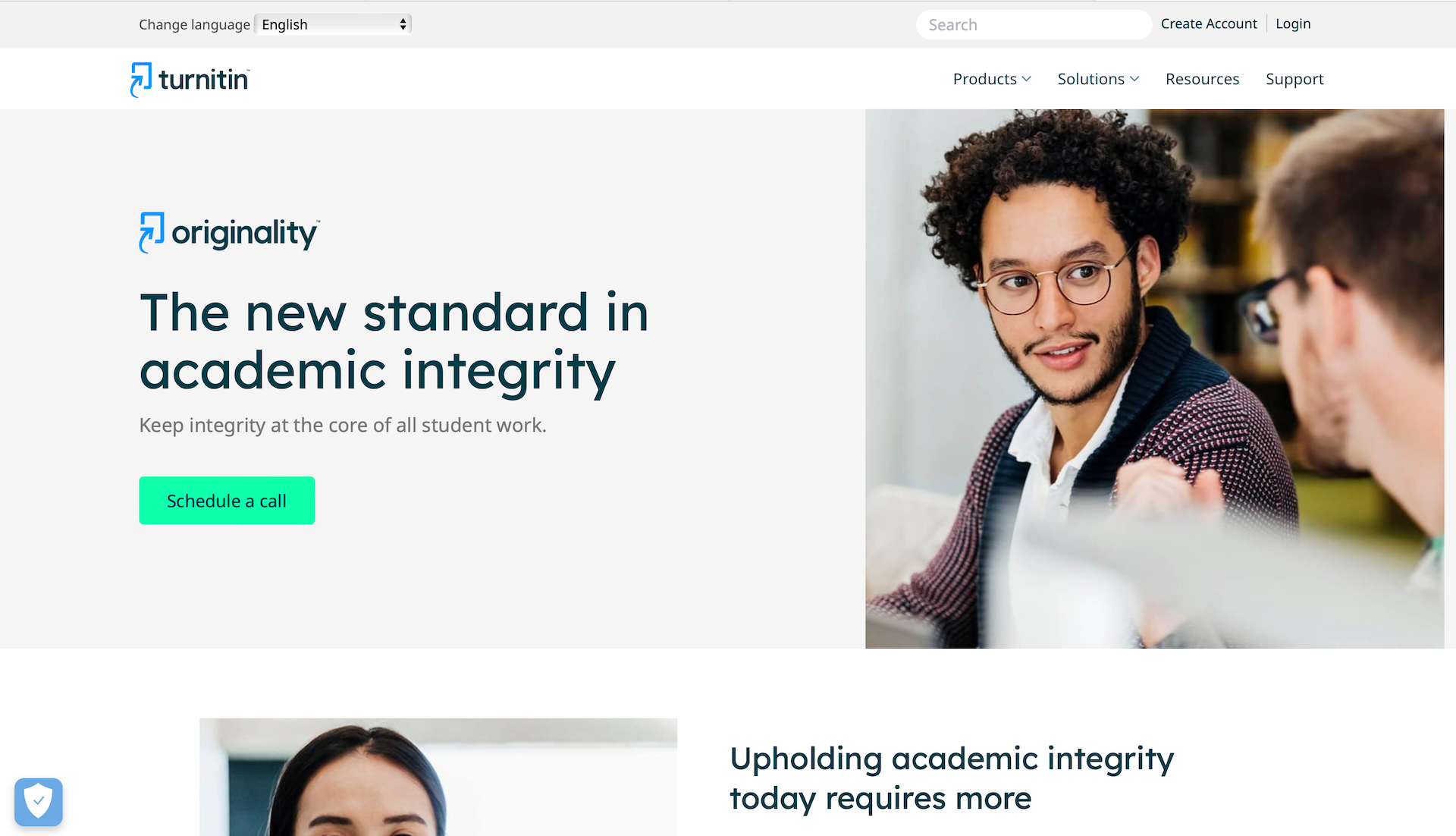
There are several methods and plagiarism checkers available to detect plagiarism in conventional texts, including tools like Turnitin and Grammarly.
These tools effectively identify copied content by analyzing text patterns, comparing them with existing sources, and providing similarity scores which help evaluate the originality of the submitted content.
However, because ChatGPT’s output hasn’t been written before, even the best plagiarism checker might face challenges in recognizing and dealing with this AI-generated text.
So if it’s currently not possible to fully detect plagiarism in ChatGPT-generated content, what options are academic institutions and other professional bodies left with?
[wpforms id=”211279″]
How to Prevent ChatGPT Plagiarism
In the era of AI-powered writing, the problem of plagiarism has acquired a new, more complex dimension. In this section, we’ll explore strategies and measures to mitigate the risk of potential copyright infringements committed by AI systems like ChatGPT.
1. Strategies for Overseeing Bodies
If you’re an academic institution or professional body tasked with preventing AI plagiarism, here are a few things you can do.
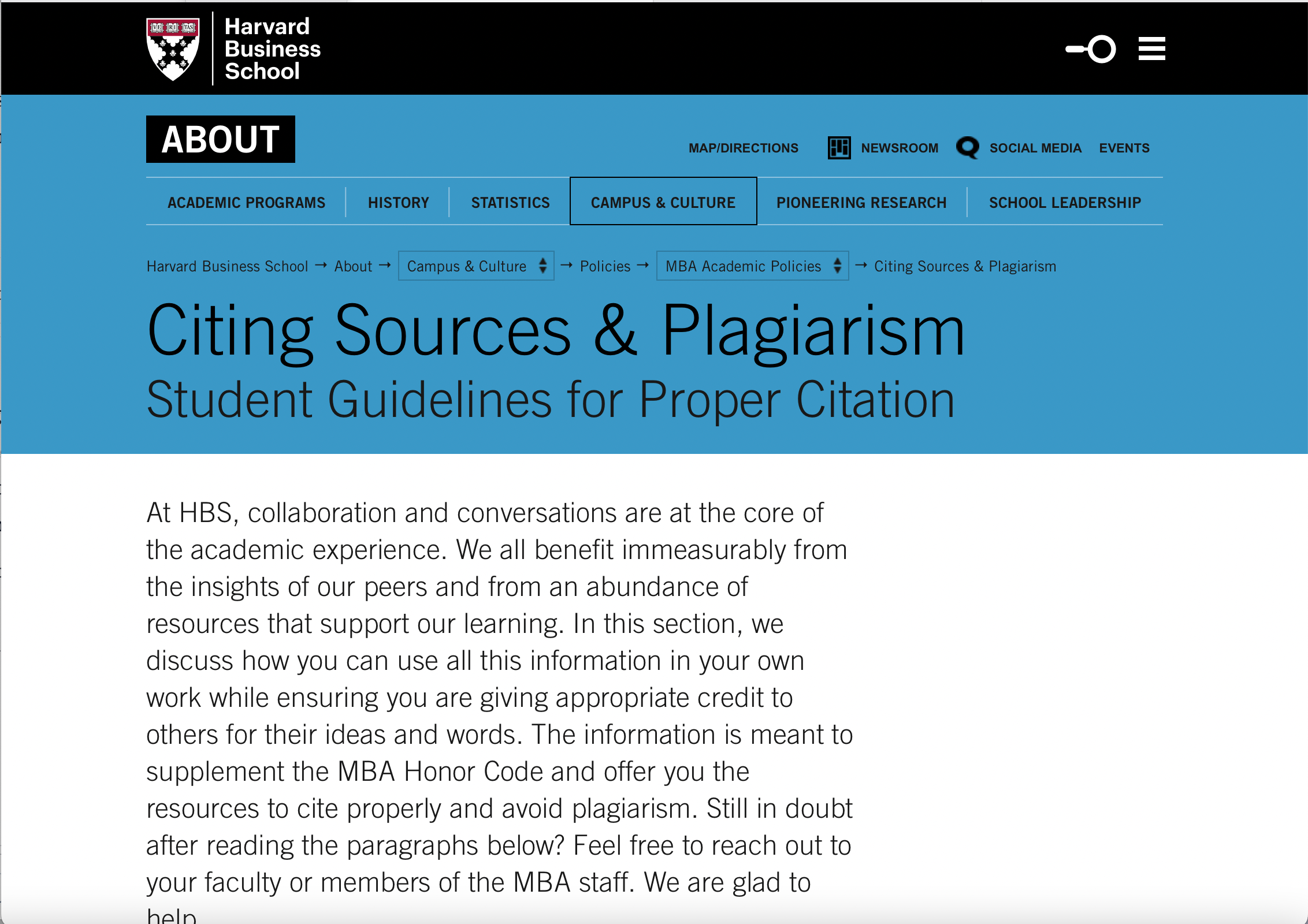
- Adapt educational policies and guidelines – Update academic integrity guidelines to address the use of artificial intelligence and ensure that students understand the ethical implications of using AI-generated plagiarized content without proper attribution.
- Create awareness about plagiarism – Teachers and professors should teach students how to properly cite and reference sources and teach them the importance of creating original work. Explain that essays written using AI-generated text can still count as plagiarism and must be properly cited.
- Employ cutting-edge plagiarism checkers – Make sure you’re using reliable plagiarism checkers and AI detectors designed to identify AI-generated content. As this field grows, stay updated on the latest advancements in technology to improve accuracy.
- Design creative assignments: Structure assignments that require critical thinking, problem-solving, and creativity, making it more difficult for AI-generated text to appropriately answer essay prompts.
2. Strategies for Content Creators

Whether you are a student or a content-producing professional, there are also some things you can do to make sure that your work is original and that you are not accused of ChatGPT plagiarism.
- Compose your own work: Rely on your own skills and knowledge base, using AI tools like ChatGPT only as a research tool or supplementary resource to gather ideas for your school work or identify gaps in your understanding.
- Thoroughly cite and reference sources: If you use AI-generated content as a basis for your essays, provide proper citations and references, just as you would with any other source.
Final Thoughts
The evolution of ChatGPT is unstoppable and exciting. But as ChatGPT’s natural language processing abilities become more sophisticated and capable, it must also evolve in its understanding of intellectual property and attribution.
Developers must prioritize incorporating mechanisms that promote originality and cite sources to make AI content plagiarism free.

Simultaneously, users must be educated about the importance of originality and the potential consequences of plagiarism.
With concerted efforts from all stakeholders, we can nurture an AI ecosystem that respects intellectual property, encourages innovation, and enriches our collective knowledge.
To learn more about how you can integrate ChatGPT into you workflow, check out the video below:
Frequently Asked Questions
Is ChatGPT detected by Turnitin?
It could be. Turnitin detects similarities between submitted documents and a vast database of online sources. ChatGPT generates text based on patterns and structures learned from its training data.
While ChatGPT may not directly copy specific texts from its database, the generated text might still share similarities with existing content, which Turnitin could potentially detect.
Can universities detect ChatGPT use?
Most universities are aware of AI-powered writing tools like ChatGPT, and some are actively using the AI detection tools available today, such as OpenAI’s new AI classifier.
However, even without plagiarism tools, AI content can still be detected. While ChatGPT tries to produce human-like content, it’s not perfect. By studying the text and comparing it to other writing works by a student, an educator may be able to detect AI-generated work.
Does ChatGPT repeat answers?
No. It’s unlikely to generate the exact same response multiple times, but patterns and structures in the output might be recognizable.
Can ChatGPT cite its sources?
No. ChatGPT is not designed to be able to do this. If you ask it to provide citations, it will do so. However, its sources are often inaccurate or non-existent.

